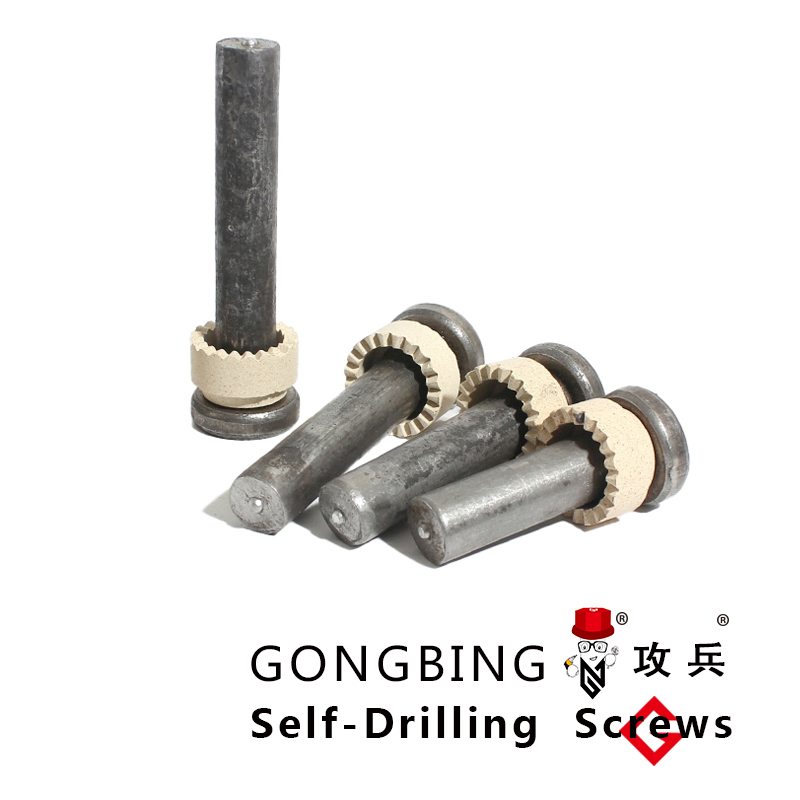Understanding the Role of Chemical Anchor Rods in Construction and Structural Integrity
Understanding Chemical Anchor Rods A Comprehensive Guide
Chemical anchor rods have become increasingly prevalent in construction and engineering applications due to their unparalleled strength and versatility. Unlike traditional mechanical anchors, which rely on friction or expansion to hold objects in place, chemical anchors utilize a bonding agent—usually made from epoxy or polyester resin—to secure the rod in place. This article aims to explore the various aspects of chemical anchor rods, their applications, advantages, and installation process.
What are Chemical Anchor Rods?
Chemical anchor rods are typically made of high-strength steel and are installed in structural elements such as concrete, masonry, or brickwork. They are designed to carry loads and provide stability for various objects, including beams, columns, and equipment. The chemical bonding agent fills the annular space between the rod and the drilled hole, curing to form a strong bond with the surrounding material. This innovative anchoring method is especially valuable in scenarios where mechanical anchors may fall short.
Applications
Chemical anchor rods are widely used in several industries, including construction, manufacturing, and even for mounting heavy equipment in industrial settings. Some common applications include
1. Structural Support They are essential in providing additional support for beams, columns, and trusses in buildings or bridges. 2. Facade Attachments Architects often use chemical anchors to secure facades, cladding, and other architectural elements. 3. Heavy Machinery Installation In manufacturing environments, these rods ensure that heavy machinery remains anchored to prevent vibration or displacement.
4. Restoration Projects They are critical in restoring historical buildings where traditional anchoring methods may cause damage.
Advantages of Chemical Anchor Rods
The benefits of chemical anchor rods over traditional anchoring methods are substantial
1. High Load Capacity The chemical bonding process allows for a much higher load-carrying capacity compared to mechanical anchors, making them suitable for heavy and dynamic loads.
2. Versatility They can be used in various base materials, including damp conditions where traditional anchors might fail.
chemical anchor rod

4. Corrosion Resistance Many chemical anchor systems are designed to provide excellent corrosion resistance, extending the lifespan of the anchors.
5. Easy Installation The installation process is often quicker and requires less physical force than traditional methods.
Installation Process
The installation of chemical anchor rods involves several key steps to ensure optimal performance
1. Preparation The base material must be clean and free from debris, dust, or oil. Necessary tools include a hammer drill, a vacuum, and a mixing nozzle for the chemical resin.
2. Drilling Holes are drilled into the base material to the required depth. The diameter should correspond to the specifications of the chemical anchor being used.
3. Cleaning After drilling, the hole must be thoroughly cleaned using a vacuum or compressed air to remove any debris.
4. Injecting the Resin The mixing nozzle is used to inject the chemical resin into the hole. It's crucial to ensure that the hole is filled evenly.
5. Inserting the Anchor Rod The anchor rod is then inserted into the hole, and the resin surrounds the rod, providing a strong bond.
6. Curing Allow sufficient time for the resin to cure. This period may vary based on the type of resin and environmental conditions.
Conclusion
Chemical anchor rods represent a significant advancement in fastening technology, offering unparalleled benefits in terms of strength, versatility, and ease of installation. Their unique properties make them ideal for challenging applications across various industries. As construction practices continue to evolve, the use of chemical anchors is likely to become even more widespread, highlighting their essential role in modern engineering and architecture. Understanding the importance and functionality of chemical anchor rods can help professionals make informed choices in design and construction processes, ensuring safer and more durable structures.
-
Weatherproof Plastic Expansion Anchors for OutdoorIindabaJun.06,2025
-
Sustainability in the Supply Chain: Eco-Friendly TEK Screws ProductionIindabaJun.06,2025
-
Load-Bearing Capacity of External Insulation FixingsIindabaJun.06,2025
-
Double Head Bolts: Enhancing Efficiency in Industrial MachineryIindabaJun.06,2025
-
Corrosion Resistance in Chipboard Screws: Coatings for Wholesale DurabilityIindabaJun.06,2025
-
Butterfly Toggle Bolts : Enhancing Structural ResilienceIindabaJun.06,2025
